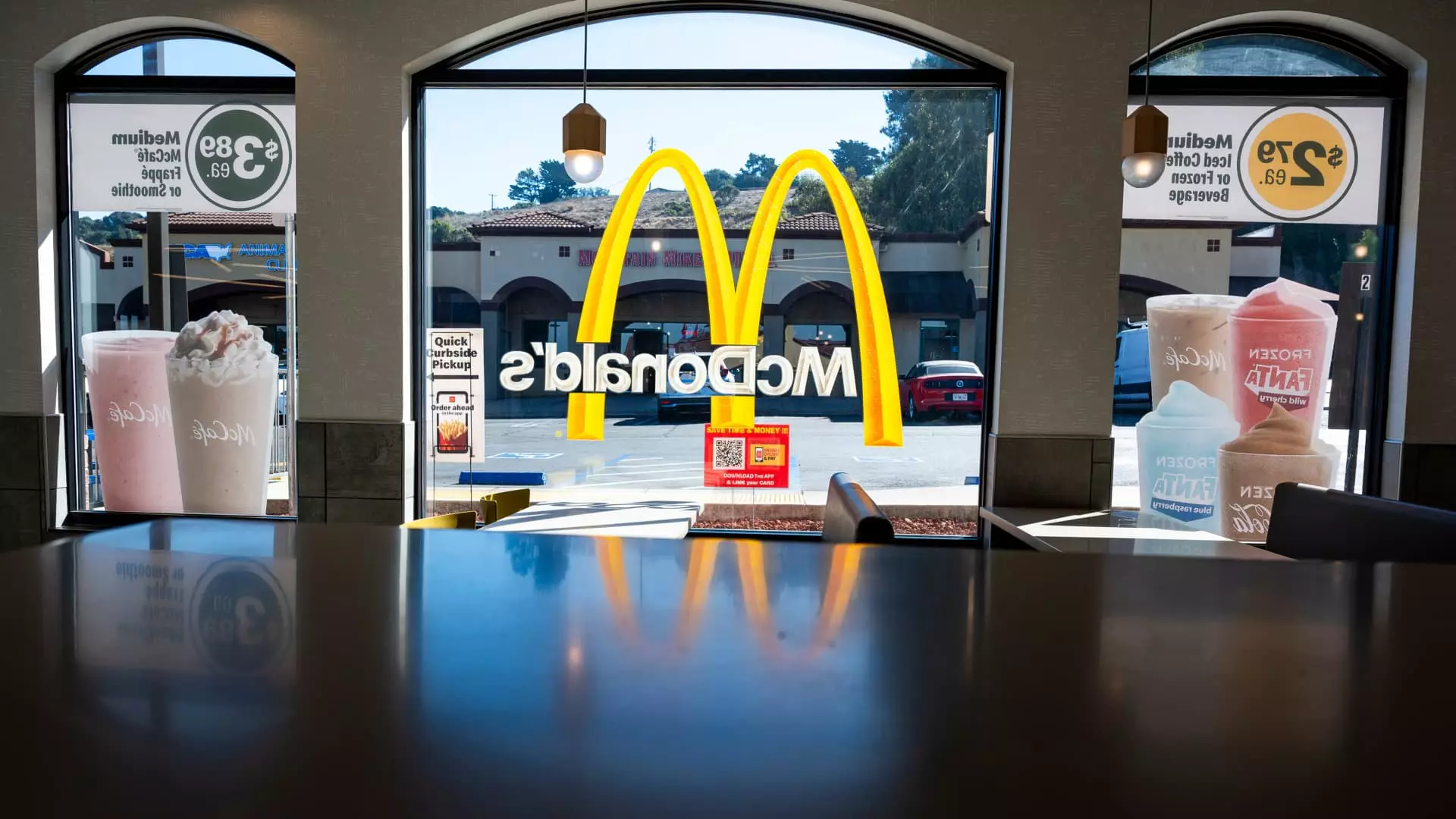The outlook for the restaurant industry in 2025 resembles an unpredictable rollercoaster ride; after a tumultuous start to the year marked by adverse weather conditions and cautious consumer behavior, executives remain hopeful for a positive turnaround. While some chains like Burger King and Popeyes, which are part of Restaurant Brands, reported recovery in sales towards the end of the previous year, others struggled with maintaining foot traffic amid various challenges. These mixed signals reveal an industry in flux, shaped by economic trends and consumer expectations.
January 2025 brought about a concerning paradox: on one hand, fast-food net sales reported a modest increase of 3.4% compared to January 2024, yet this uptick was accompanied by a decline in traffic, particularly for breakfast and lunch. The month was overshadowed by harsh weather, including freezing temperatures and unprecedented wildfires, which made it difficult for brands to maintain consistent customer traffic. Wendy’s CFO Kenneth Cook highlighted the operational struggles the industry faces as it attempts to pivot away from disruptive weather events impacting consumer habits.
Moreover, the consumer sentiment towards dining out is tentative at best. Subway’s U.S. President Doug Fry underscored this wariness, pointing out that many consumers are re-evaluating their spending habits, seeking value without sacrificing quality. This hesitancy can be attributed to overarching economic uncertainties, including potential price hikes due to tariffs, inflation, and general consumer anxiety. As families tighten their belts, restaurants must adapt to retain and entice customers.
Sales Recovery: A Promise of Better Days Ahead?
Despite discouraging January sales figures, optimism persists that the trajectory for restaurant chains will improve as 2025 progresses. Some industry experts speculate that easier comparisons to last year’s sluggish performance will foster a rebound; industry traffic was consistently negative throughout the summer of 2024, except for a brief spike in November. The expectation is that a recovery will soon emerge as chains capitalize on consumer trends that favor value-oriented offerings.
Chipotle Mexican Grill, for instance, flagged the January wildfires, which significantly impacted its same-store traffic—an example of how external factors can directly affect business outcomes. While predictions for Chipotle’s first quarter leaned towards stagnancy, indications of a rebound in the latter half of the fiscal year offer a glimmer of hope, especially if weather patterns stabilize.
Economically speaking, the restaurant industry must navigate a labyrinth of hurdles, including both tariffs and inflation. As businesses like Chipotle remain wary of potential costs related to suspended tariffs on imported goods—especially avocados—consumers are feeling the pinch as well. Recent data indicates a downturn in consumer sentiment, the lowest it has been in seven months, as households grapple with the implications of inflation, evidenced by a notable rise in away-from-home food prices.
As these dynamics unfold, restaurant chains are closely monitoring the economic landscape and consumer responses. McDonald’s has publicly shared its faith in a rebound, especially if overall consumer health experiences improvement. The fast-food giant recognizes the need to capitalize on lower-income consumer segments for growth, predicting they could benefit disproportionately compared to competitors.
Looking Ahead: The Unique Challenges Facing Industry Giants
Some brands within the restaurant sector are staring down longer paths to recovery. Starbucks, after enduring four consecutive quarters of declining same-store sales, faces complications that may take more time to resolve. The coffee chain’s suspension of its sales outlook for fiscal 2025 only underscores the seriousness of its situation as they reassess their strategies and restructure operations.
Starbucks CFO Rachel Ruggeri’s comments indicate that earnings pressures could mount in the short term due to seasonal factors and necessary investment adjustments. The coffee giant, relying heavily on habitual buyers, will need to capture customer loyalty through innovation and quality to reclaim ground lost to competitors.
The restaurant industry in 2025 is characterized by a delicate balance of challenges and opportunities. From the repercussions of weather events to the impacts of tariffs and inflation, restaurant executives are continually adapting their forecasts and strategies. As consumer behavior evolves, staying attuned to value, quality, and convenience will be pivotal for chains aiming to thrive in this unpredictable environment. The year may start out like a lion, but only time will tell if there will be a gentler aftermath, as diners cautiously return to their favorite spots.


Leave a Reply